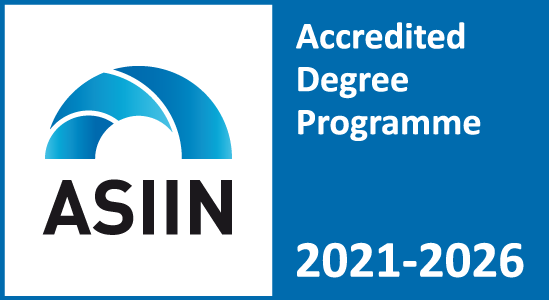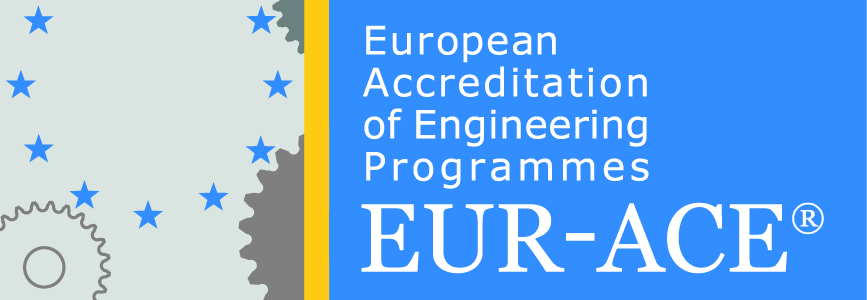| 1. Course Title | Sensors, Conditioners and Acquisition Devices | |||||||
| 2. Code | 4ФЕИТ05З032 | |||||||
| 3. Study program | КХИЕ | |||||||
| 4. Organizer of the study program (unit, institute, department) | Faculty of Electrical Engineering and Information Technologies | |||||||
| 5. Degree (first, second, third cycle) | First cycle | |||||||
| 6. Academic year/semester | IV/7 | 7. Number of ECTS credits | 6 | |||||
| 8. Lecturer | D-r Josif Kjosev | |||||||
| 9. Course Prerequisites | Passed: Electronics 1 | |||||||
| 10. Course Goals (acquired competencies): Knows various sensors for practical applications. Evaluates performances and selects a conditioner based on datasheets. Designs simple conditioners and intelligent sensors. Understands standards. | ||||||||
| 11. Course Syllabus: Introduction to sensor based electronic systems, characteristics, microelectronic sensors; resistance based sensors and conditioners, capacitive and inductive based sensors and conditioners; interferences and protection, noise; actove sensors; special and high performance amplifiers; digital and intelligent sensors; semiconductor sensors; high performance A/D converters; sensor systems and acqusition devices; standards, PLC acquisition example. | ||||||||
| 12. Learning methods: Lectures with roblems solving, laboratory excercisses, project, consultations and forums | ||||||||
| 13. Total number of course hours | 3 + 0 + 2 + 0 | |||||||
| 14. Distribution of course hours | 180 | |||||||
| 15. Forms of teaching | 15.1. Lectures-theoretical teaching | 45 | ||||||
| 15.2. Exercises (laboratory, practice classes), seminars, teamwork | 30 | |||||||
| 16. Other course activities | 16.1. Projects, seminar papers | 30 | ||||||
| 16.2. Individual tasks | 30 | |||||||
| 16.3. Homework and self-learning | 45 | |||||||
| 17. Grading | 17.1. Exams | 15 | ||||||
| 17.2. Seminar work/project (presentation: written and oral) | 15 | |||||||
| 17.3. Activity and participation | 10 | |||||||
| 17.4. Final exam | 60 | |||||||
| 18. Grading criteria (points) | up to 50 points | 5 (five) (F) | ||||||
| from 51to 60 points | 6 (six) (E) | |||||||
| from 61to 70 points | 7 (seven) (D) | |||||||
| from 71to 80 points | 8 (eight) (C) | |||||||
| from 81to 90 points | 9 (nine) (B) | |||||||
| from 91to 100 points | 10 (ten) (A) | |||||||
| 19. Conditions for acquiring teacher’s signature and for taking final exam | Laboratory excersises/project completed | |||||||
| 20. Forms of assessment | Written exam and project with oral defence | |||||||
| 21. Language | Macedonian and English | |||||||
| 22. Method of monitoring of teaching quality | Internal evaluation and student surveys | |||||||
| 23. Literature | ||||||||
| 23.1. Required Literature | ||||||||
| No. | Author | Title | Publisher | Year | ||||
| 1 | Ramon Palas Areny | Sensors and Signal Conditioning | John Wiley and Sons | 2001 | ||||
| 2 | Jacob Fraden | Handbook of Modern Sensors | Springer | 2004 | ||||
| 23.2. Additional Literature | ||||||||
| No. | Author | Title | Publisher | Year | ||||
| 1 | Walt Kester | Practical Design Techniques for Sensor Signal Conditioning | Analog Devices | 1999 | ||||
| 2 | Randy Frank | Understanding Smart Sensors | Arctech | 2000 | ||||



